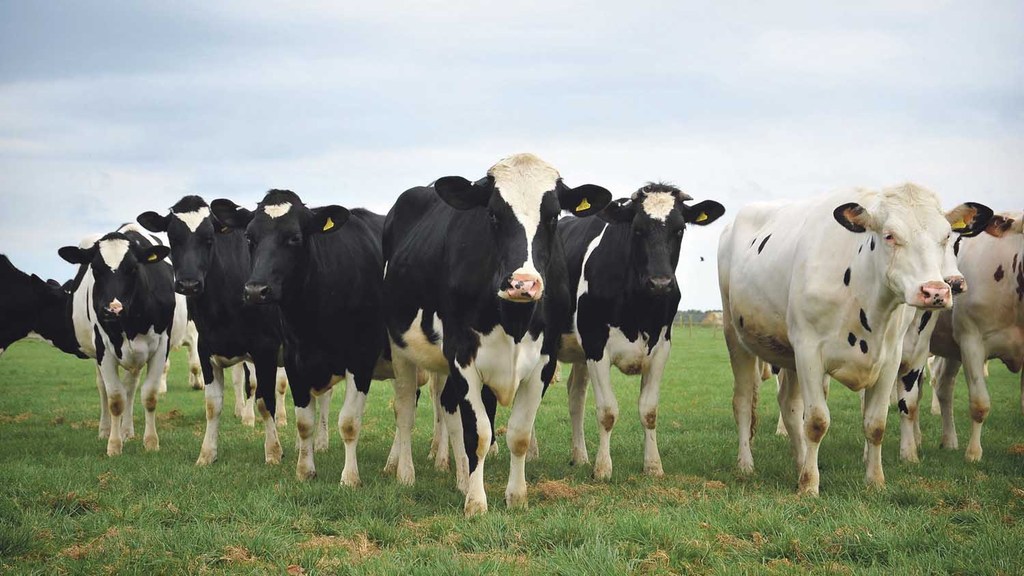Digital Dermatitis – All about Effects, Causes, Prevention and Control

Are you looking for ways to keep your dairy cattle healthy and protected from Digital Dermatitis that causes lameness in cattle? This post will guide you all about Digital Dermatitis,its prevention, and control.
What is Digital Dermatitis?
Commonly referred to as hairy heel warts, Digital Dermatitis is a skin infection on cow’s foot. The infected feet show raw, red, and painful lesions, especially between the heels. Treponeme, a specific bacteria group, causes this disease and is common on mature dairy cattle’s feet. However, the disease cannot occur unless there is any skin damage.
Effects of Digital Dermatitis
The dairy cattle infected with Digital Dermatitis cause a decrease in milk production and also results in the weak reproductive system. Recognized as the most infectious claw lesion, it also results in decreased feed intake among the cows.
If you leave affected cows among unaffected herds, it can lead to an explosive outbreak of the disease.
Cause of Digital Dermatitis
Poor hygiene and frequent exposure of the feet to slurry are the prevalent reasons for Digital Dermatitis. At the right time, lesions start developing, but do not show any signs and represent normal and healthy skin. During the beginning of the stage, small and round red-grey lesions are spotted, which are less than 2 cm in size and can be found in the skin tissue.
If not treated effectively, it can lead to the accumulation of a large number of lesions and are found along dewclaws, coronary band, and also in wall cracks. If treated effectively with antibiotic-free hoof care products, lesions can start healing.
But sometimes, from the initial stage, lesions directly shift to chronic disease.
The disease is minimal among beef cattle and more in loose-housed herds because of lack of cleanliness. Winter and Fall are the common seasons of its widespread, but if the animals are properly pastured, it is at the lowest.
Symptoms of Digital Dermatitis
Mainly lesions two types are seen
- Erosive/Reactive
- Wart-like/Proliferative
Both the above forms cause significant discomfort to the cattle leading to critical lameness. These forms represent different stages of chronic disease. Sometimes only a single type dominates in the infected area, but some animals can even suffer from both types.
The common symptoms linked to the growth of the disease are:
- Few matted hairs
- Skin damage
- Loss of hair
- White keratin plugs on scabs and skin
- Cows with shaking foot
- Cows shifting weight from one to another foot while standing
- Infected cattle prefer walking on toes.
Prevention
Digital Dermatitis develops in damp and dirty conditions. So to prevent this deadly disease from entering the cattle herd, it is necessary to keep the passageways clean and reduce infection by minimizing cow’s contact with the slurry.
Before mixing the new stock into your existing cattle, proper treatment, and hoof care is vital. Use natural footbaths to treat the new cattle. Keep them separate and under observations for at least two weeks. After the cattle are footbathed again, you can mix the healthy ones to the existing herd.
There are no effective vaccines present for this disease. So use automatic power washing to clean feet of the cattle with soapy water before they enter the milking parlor.
Take all possible hygiene’s to keep the cattle’s feet safe. You can also use foot trimmers.
Treatment
Most of the Digital Dermatitis lesions are treated well with simple cleaning that includes running water between the heels and hygienic drying. Applying hoof gel can also help. After proper cleaning, return the cattle to the clean and dry yard to let the infection heal properly. For proper treatment, avoid cattle exposure to mud or slurry and repeat the entire process until the infection heals completely
Concluding
Digital Dermatitis is a result of a lack of proper hygiene. With adequate cleanliness and proper treatment, you can prevent the disease from spreading and reduce production loss. For preventing severe diseases from entering your herd, Bio security is necessary.
